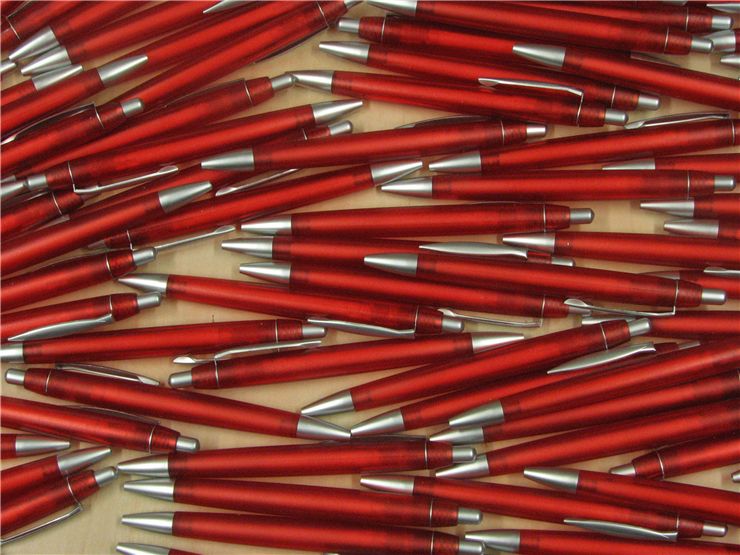History of Reed Pen
When we invented writing, the first texts were written by carving the surface with carving tools or styluses. These methods produced texts that were too heavy and brittle (because they were carved in clay), not portable at all (carved in stone), or difficult to use. Because of that, ancient people tried to find better ways of writing. The easier method was using tools that wrote with pigment and left marks on the surface. One of the oldest writing tools to use pigment was a reed pen.
A Reed pen is made from a single piece of reed pointed into a square and split at the point. The first to use reed pens were scribes from Ancient Egypt in the 4th century BC for writing on papyrus. They would dip the reed pen into ink, and it would retain some ink in a split at the point. Reed pens are stiffer than quills and quickly lose a sharp point. Because of that, they were replaced with quills but remained popular in some places until Middle Ages.
To make a reed pen, scribes would take a piece of reed of some 20cm, which was whole and had no damage. They would leave the end that would be cut into a point in water for some time so it would not splinter when it’s cut with a series of cuts that would cut the pen's nib until it is flat enough and pointed. The pointed end is cut off not too far from the point to form a squared end suitable for writing. In the end, they would start the split (which will hold the ink during the writing) from the nib's tip and lengthen it until it is of the proper length (but not too much because the pen could break). The skill of making reed pens was very important for scribes because, as we said, reed pens didn’t last long.
